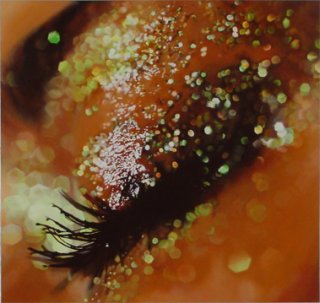Avant Garde
Active Member
- Joined
- Sep 7, 2005
- Messages
- 1,338
- Reaction score
- 1


Something will seem desperately off in New York this spring. Marilyn Minter, who has been working as an artist without much public recognition for decades, will totally transform the city -- as well as its art and fashion worlds. This month, if you're walking through Chelsea wondering what sort of fashion crisis could have spawned an ad campaign in which haute couture literally gets down in the mud, what you really will be experiencing is what happens when painting and photography collide with our perverse ambivalence toward fashion.
Minter, a 57-year-old New York artist, has suddenly hit the big time. She's got three imposingly epic billboards in the heart of Manhattan's art district (courtesy of the ever-subversive public-art provocateurs Creative Time) and the much-coveted catalog cover and invitation image for the 73rd Annual Whitney Biennial. The artist regard her late-stage success as not that unusual, even in our youth-obsessed culture. "There are so many artists who didn't attain greatness until their fifties, and very few who only matter because of what they did in their twenties," she reminds us. "It just took me this long to get to the illusion I wanted to create." Minter began her career as a pure photo-realist, but her pieces have morphed in increasingly experimental ways. Most recently she's been working in the commercial domain of fashion photography (for clients ranging from Versace to Erickson Beamon). At this point it's hardly a question why her art looks unlike any other while being so uncomfortably familiar.

Perhaps the lines Minter crosses -- between art and fashion, or painting and photography -- have already been blurred. But in creative practice, Marilyn makes this mix both seamless and subversive. She's the first to admit that "I don't know how to do fashion -- I only do beauty." But it's precisely in the convoluted logic of contemporary beauty that you get the rub: "I'm not making a critique. It's more about our love-hate relationship to this ideal, and how the pleasure we feel as a viewer is ultimately about constant failure." Her art is in the outtakes. "It's in the moment when everything goes wrong," she says. "It's when the model sweats. There's lipstick on teeth and the makeup's running."
from papermag


































 Thanks!
Thanks!












